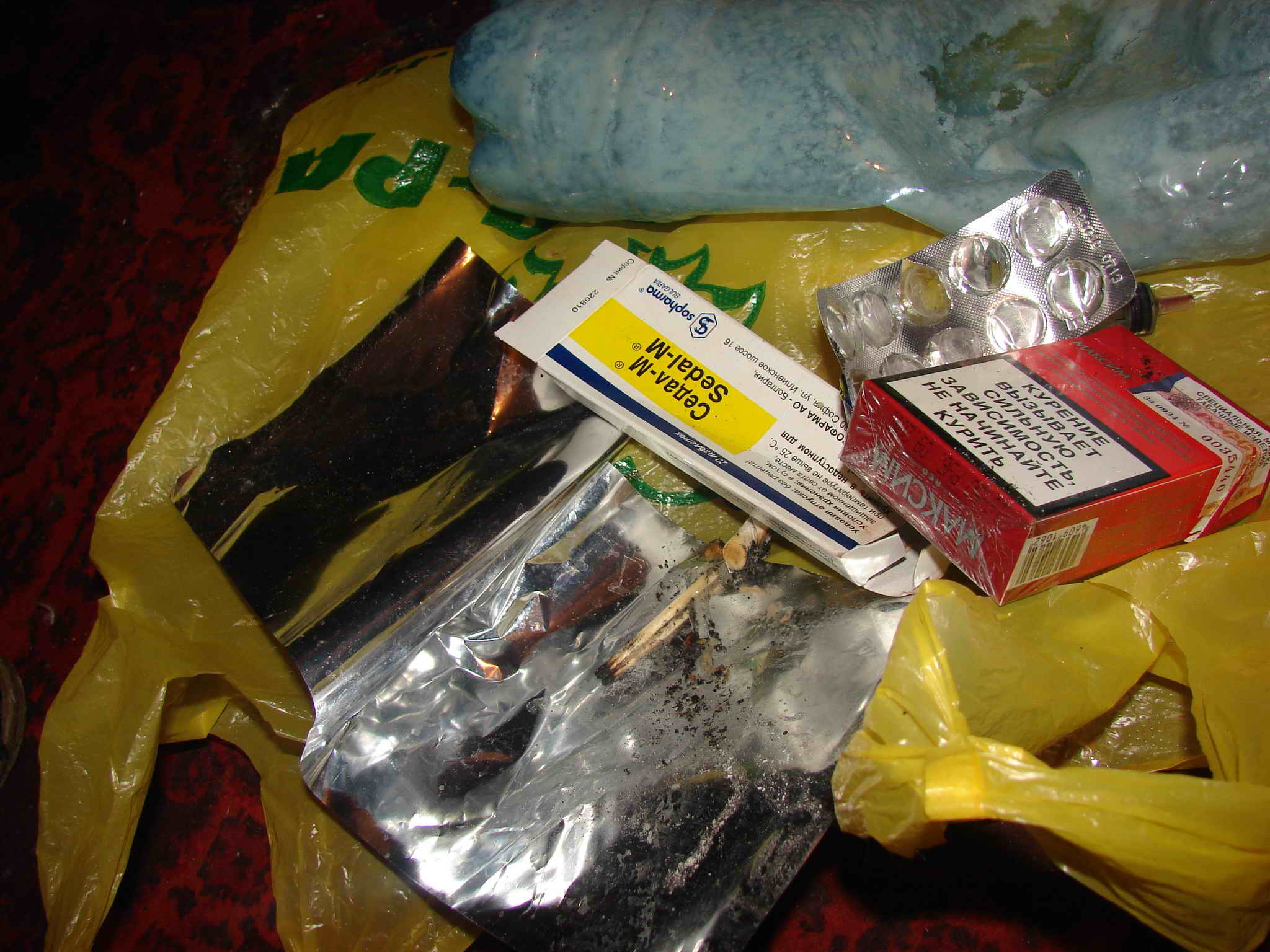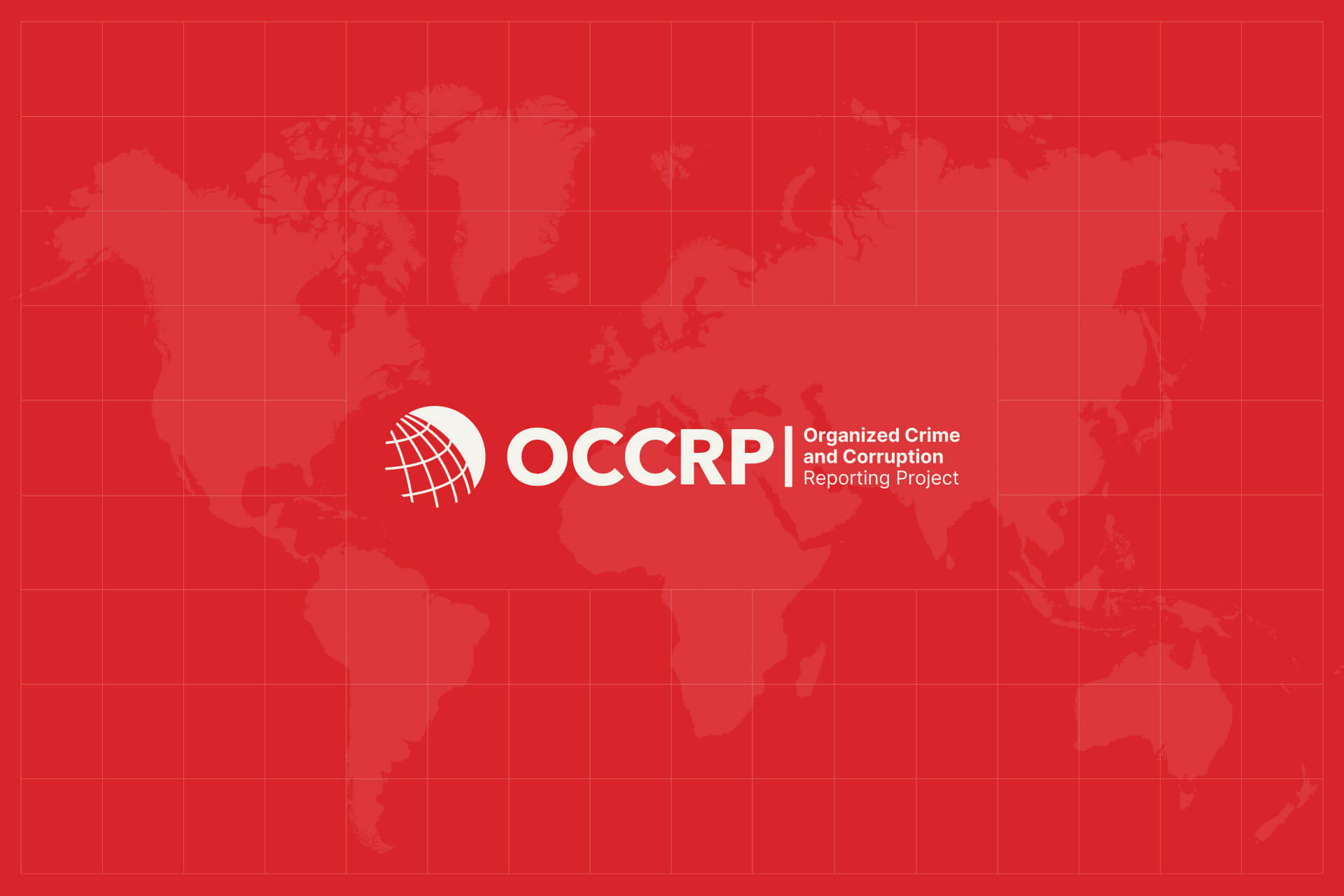Experts have described the decline in heroin availability as “a slide, a squeeze and a shock,” because it came in three phases of increasing speed. A gradual decline in the early 2000s owed mostly to the Taliban’s ban on opium production in 2001. The more substantial squeeze that followed was a result of bad weather and floods in Afghanistan, as well as regional instability during the wars in Iraq and Afghanistan.
But the dramatic "shock" to the supply came just two to three years ago, as cross-country law enforcement operations began netting huge seizures. The United Kingdom’s Serious Organized Crime Agency (SOCA), for instance, teamed up with Turkish authorities to seize over 2000kg of heroin in 2009-2010 alone. Those seizures cut off much of the flow from Turkey, which supplies illicit drugs to =large swathes of Europe.
Filling the Heroin Gap, Country by Country
Responses to the drought varied by country, with drug users in each developing their own preferences for heroin alternatives, according to reports from the European Monitoring Center for Drugs and Drug Addiction (EMCDDA.) In Norway, users turned to buprenorphine, a semi-synthetic often used to treat heroin addiction, but intoxicating and addictive in higher doses. In Hungary, cathinones gained popularity. That substance – an ingredient in the drug mixes known as “bath salts” in the U.S. – is part stimulant, part opioid. Slovakia, too, went for uppers – there, methamphetamine use surged. In Bulgaria, a mysterious substance known as “white heroin” cropped up; reports vary regarding its makeup.
Buprenorphine also swept the country of Georgia, which previously never had much of a heroin problem.
Lasha – whose name has been changed to protect his identity – first tried the drug when he was 15, on the 2007 Georgian New Year. He easily scored the drug through older acquaintances he had met the day before, and his new friends crushed up a tablet of Subutex, a name brand of buprenorphine, and injected him with it Photo credit: the Federal Narcotics Service of Russia.
Photo credit: the Federal Narcotics Service of Russia.
Lasha's first high was a nightmare. “Every five minutes I got sick and it didn’t stop until the morning. I had nothing in my stomach and some strange liquid was coming out,” he said. "I thought I would die."
But two days later, he did it again. ''The same thing happened,'' Lasha said. ''I was going crazy... I wanted to feel the real pleasure that was felt by my friends. I wanted some more.'' So a week later, Lasha injected the drug a third time.
''I felt it at last. The warmth came from my feet up to my head," he said. "I was God. I was cool. I could do everything possible and impossible.'' By the time the high wore off, Lasha was hooked. ''It finished and again I felt like a nobody,'' he said. ''I immediately missed that feeling and wanted to inject once more...I became the classic junkie."
Thousands of users befell the same fate in Georgia, where a third of the drug users who now seek treatment are addicted to synthetic opioids. Georgian drugs reforms in 2007 cracked down on traditional narcotics but did nothing to stem the misuse of perscription drugs. "It was effective for catching drug dealers, but drug users found an alternative way -- artificial drugs," explained Georgian drug counselor and anthropologist Tamaz Mchedlidze.
In Estonia, the synthetic drug problem is even more pronounced. There, three-fourths of detox and treatment patients are addicted to fentanyl, which is that country's synthetic heroin alternative of choice.
A Potent Danger, and the Danger of Potency
Fentanyl is a prescription anesthetic that was developed to manage chronic pain. Many users buy this drug illegally and inject it, but often it is prescribed and then abused; at least one drug counselor in the United States, where fentanyl is prescribed in adhesive patches for pain management, has documented patients eating those patches to attain a narcotic high.
Estonia is a special case, and the use of fentanyl there has been described as endemic in injecting drug user populations, having become the most commonly used intravenus opioid over the past decade. When Estonia’s heroin users began converting to fentanyl, the country’s mortality rate shot up; it is now the highest in the European Union, with 105 fatal overdoses in 2011.
Kristina Joost of Estonia’s Convictus, a non-profit organization that supports addiction recovery, said that the fentanyl phenomenon has proven extremely hard to address, partly due to the speed with which the drug entered the country. The drug problem was non-existent until the fall of the USSR, Joost said, but in the 1990s, when the borders opened, fentanyl flowed in from Russia. "In the last 20 years we had to learn everything about this problem, and we are still fighting the fire," Joost said.
One of the Convictus outreach workers and a former addict himself, Andrei, who declined to give his last name, explained the sweeping effect the drug has had on Estonia. "When fentanyl came to the market, people who tried it never used heroin after - they automatically switched to fentanyl," he said.
While Estonia has seen the most marked and continuous fentanyl use, outbreaks have also been reported in Bulgaria and Slovakia in recent years, coinciding with acute heroin shortages in both countries. Even Sweden, Finland, and Germany have documented increases in fentanyl use and mortality, according to the EMCDDA – but only in certain areas. Fentanyl use tends to be geographically localized and for the most part occurs in ‘pockets,' the agency notes, likely because its lethal reputation gives its spread "built-in brakes." That is to say, once news of its overdose victims gets out in a given area, potential new users take pains to stay away.
Drugs like fentanyl are particularly deadly because they are many times stronger than heroin, and the strength of each batch can vary significantly. With a potency so high, slight miscalculations by the dealers cutting the drug could spark a rash of fatal overdoses. Also, because the synthetic alternatives are often adulterated with several substances, their use can lead to other health problems like abscesses at the injection site.
Homemade Highs
That's even more true for the homemade alternatives users cook up when they get desperate. When Lasha and his friends' supply of Subutex ran dry, they found their own ''chemist,'' who had learned how to make a drug they called 'Vinti'
“It was a killer mixture, but it didn’t stop us,'' Lasha said. ''We had a big bowl and everyone had his own vein catheter. We took the syringes and everyone had to take their dose from the shared bowl. One of us had Hepatitis C, but I didn’t care. I wanted the drug. If I worried about the disease, I wouldn’t be able to feel like the others, and I couldn’t miss the chance.'' Photo credit: the Federal Narcotics Service of Russia.
Photo credit: the Federal Narcotics Service of Russia.
Like many homemade drugs, this one was more addictive than its prototype – and more harmful. ''We had to sit around the bowl and inject once an hour in order not to get sober,'' Lasha said. “But after using this drug a while, I felt like my teeth were breaking and the rest of my body was dying.''
The symptoms are even worse for desomorphine (or “Krokodil”), the homemade synthetic heroin alternative that caught on in parts of Russia and Georgia. “When there was an opium shortage affecting the Russian Federation in 2010 and 2011, heroin users switched to Krokodil, which had devastating consequences,” said United Nations Office of Drugs and Crime expert Thomas Pietschmann in a December interview with OCCRP.
Krokodil users cook codeine – which can be found in many over-the-counter medicines in Russia – with iodine and other household ingredients to create a powerful homemade high. But the result is so deadly the average life span of a user is under a year. The drug gets its name from the appearance of its addicts; their flesh rots from the inside out, leaving the skin as scaly as a crocodile’s.
"It can totally destroy the nervous system," said Georgia's Tamaz Mchedlidze, who explained that in Georgia the Krokodil recipe also includes liquid toilet cleaner, and gasoline. The latter is a controversial ingredient, Mchedlidze noted; "some junkies insist on using Wissol gasoline, while others say you should use Rompetrol," he said, referring to two brand names of gasoline.
"A Krok-user's life becomes only preparing the drug, injecting it and then thinking about tomorrow’s dose," Mchedlidze said. " If you’re still alive after six months, you’re lucky."
Krokodil is one of several homemade drugs that grew out of the shift toward synthetic opiates, once users realized they could get similar highs without prescriptions by using everyday supplies and over-the-counter drugs.
"There should have been some regulation in pharmacies, because it was immediately well recognized which medicines are used for artificial drugs," Mchedlidze said. "But nobody banned them; instead, their prices were raised in drug stores."
Nicolas Clark, medical officer for the World Health Organization, stressed that the switch was usually not a matter of choice, but one of necessity; even when heroin was available, its price had skyrocketed due to the shortage. "It is unlikely anyone who is using Krokodil is doing so in preference to heroin," Dr. Clark said.
Pietschmann said that now that the opium shortage is over, “whether Krokodil will remain popular remains to be seen.” But some say the shortage may recur in the coming months. In June, the UNODC’s Executive Director Yuri Fedotov said the organization anticipated another diseased poppy crop in 2012, which would indicate another opium shortage in 2013. (The plant takes 8 months to cultivate.) Pietschmann acknowledged that yields will decline again this year due to disease, but said it likely won’t be by enough to spark a serious heroin shortage. The areas of poppy cultivation in Afghanistan have expanded, and that will probably be enough to offset the weak crop, he said.
Mujtaba Ali and Ekuna Lolua contributed reporting.






